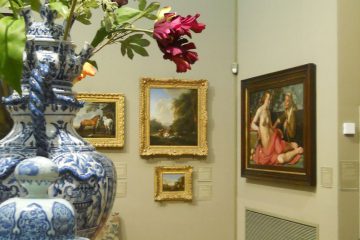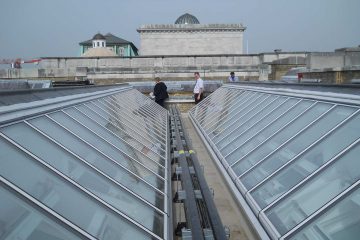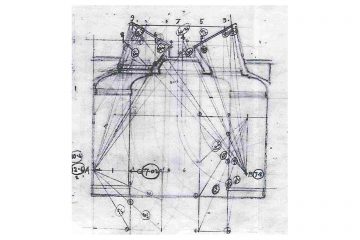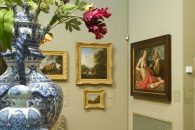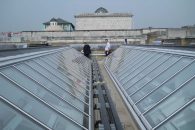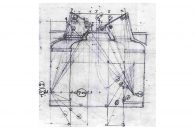Courtauld Galleries
The Courtauld Galleries were built in the late 1920s as an extension to the Fitzwilliam Museum in Cambridge. Although the original design was acclaimed for its innovative use of natural top-lighting and passive ventilation, the galleries were built with only the most minimal of heating systems. The 1970s mechanical heating and ventilation system had been defunct for some time and, with the old natural ventilation blocked up, the galleries were hot and stuffy in summertime and extremely cold in winter. Fluctuations in temperature and humidity were also damaging the artifacts.
Working closely, Freeland Rees Roberts, and services consultants Breathing Buildings and Aecom have devised a refurbishment scheme that improves conditions with little impact on the historic fabric. Rooflights were re-glazed and roofs recovered and insulated to reduce temperature swings. In the Charrington Print Room a new display cabinet, built by specialist Lutz Hartmann, incorporates equipment to control temperature and humidity and new LED lighting installed above a stretch fabric ceiling simulates daylight. The Dutch Gallery has been relit and completely relined in a colour more sympathetic to the paintings
As a Grade I listed building with an internationally acclaimed collection all of the alterations had to be handled in an extremely sensitive way with access and phasing carefully managed.
